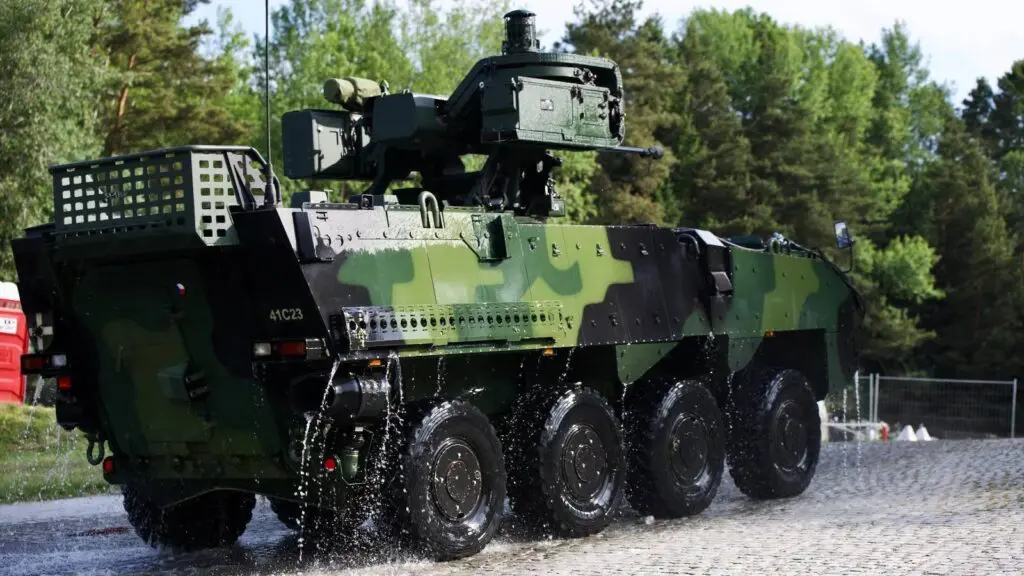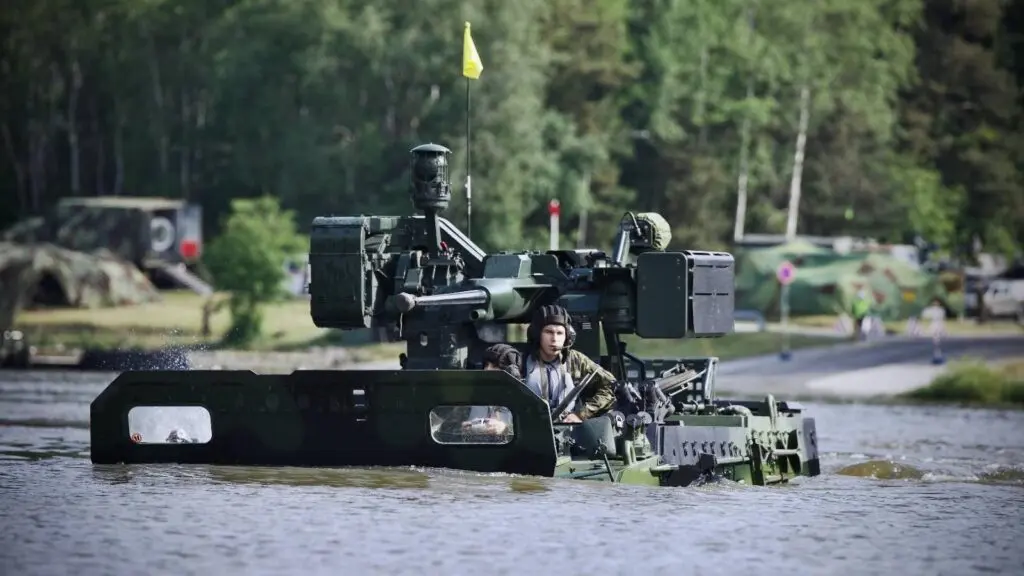Like the rest of the reequipment programs of the Armed Forces, the long-delayed incorporation of new 8×8 Wheeled Armored Fighting Vehicles (VCBR) for the Argentine Army remains undefined. While various ministerial and military sources indicate that the NZLAV/M1126 Stryker proposal is the preferred option for several reasons, the lack of an official decision leaves room for other alternatives to be considered by the authorities. One such option, which has been generating interest based on prospective and feasibility studies, is the proposal to equip armored units with the Pandur II 8×8 armored vehicle family.

Originally developed by the Austrian company Steyr-Daimler-Puch Spezialfahrzeug GmbH (now part of General Dynamics European Land Systems), the Pandur II presents itself as a complete family of 8×8 VCBRs (with 6×6 versions) that equip the armies of Indonesia, the Philippines, Portugal, and the Czech Republic. A note on the latter operator: since 2015, the rights and manufacturing license of the wheeled armored fighting vehicle have been held by the local company Tatra Defence Vehicle.
Currently, in partnership with Israeli companies responsible for providing sensor systems and weapon stations, Tatra Defence Vehicle offers a wide range of versions for international users. To cite just a few examples from the Czech Army, the defense portfolio of this Central European country indicates that the force currently has personnel transport, reconnaissance (with and without radar), engineering, and medical evacuation variants.


Returning to the situation of the Argentine Army’s VCBR Program, despite declarations from various quarters showing a preference for the NZLAV and M1126 Stryker, including the proposal to acquire a batch of New Zealand vehicles to develop operational doctrine and usage, with a future acquisition of another second-hand batch of Strykers, with an option for local co-production of additional units, the reality is that there is no official decision.
However, sources consulted by Zona Militar have expressed concern about the incorporation of NZLAV vehicles given their condition and equipment. Despite being based on the same LAV III platform, the New Zealand armored vehicles and the M1126 Strykers have different logistics, leading to complications in logistical support. Furthermore, the VCBRs, which are over 20 years old, are equipped with outdated systems, armaments, and sensors, which are out of sync with current requirements, and their offer has even been rejected by other countries.

As of today, the situation is similar to the one faced by the Argentine Navy; the reality of the Army in terms of equipment is almost the same, with major reequipment and the capability acquisition programs delayed, waiting for “better times” that never come. This is evident in the acquisition of new helicopters for the Aviation Directorate, which will sooner rather than later require the incorporation of a new platform, as well as other projects still under study, such as anti-tank guided missiles (ATGM) capabilities, longer-range air defense, and the necessary upgrade of VCTP TAMs, to name just a few examples. Beyond official declarations, the short-term interest of ministerial authorities, who along with the Executive Power are focusing their efforts on involving the Armed Forces in internal security issues like counterterrorism, remains clear, despite the fact that the Army, Navy, and Air Force are not in a position to even fulfill their primary mission.
The delay in the selection program for a new VCBR for the Argentine Army, plagued by back-and-forth decisions and candidates that were once favored but later fell out of favor (such as the 6×6 Guaraní), postpones the incorporation of a capability that the country should have had for decades in line with the rest of the region’s military forces. Additionally, the sources mentioned express concern that, if a potential incorporation occurs, it may only result in the acquisition of a single batch of second-hand wheeled armored vehicles, serving as a “gesture” for the force, while a systematic incorporation of a true VCBR family, as requested by military authorities, continues to be delayed in anticipation of better conditions.

Currently, the Pandur II joins the proposals presented by various national and foreign companies with the support of their governments, as evidenced by various proposals presented by Israel. The Austrian-origin VCBR, manufactured in the Czech Republic, is another option that has its defenders both outside and within the Argentine Army, who argue that it is a superior proposal to that offered by the NZLAV and M1126 Stryker duo.

As Argentina and the Czech Republic engage in technical-military cooperation agreements, as seen in late June, it remains to be seen whether this initial step between the two countries can lead towards the realization of the Argentine Army’s VCBR Program. Or, as evidence suggests, the evaluation of candidates and proposals may continue indefinitely.
Photographs used for illustrative purposes.
You may also like: The VCBR LAV III and Stryker are solidifying as the future wheeled armored vehicles of the Argentine Army









